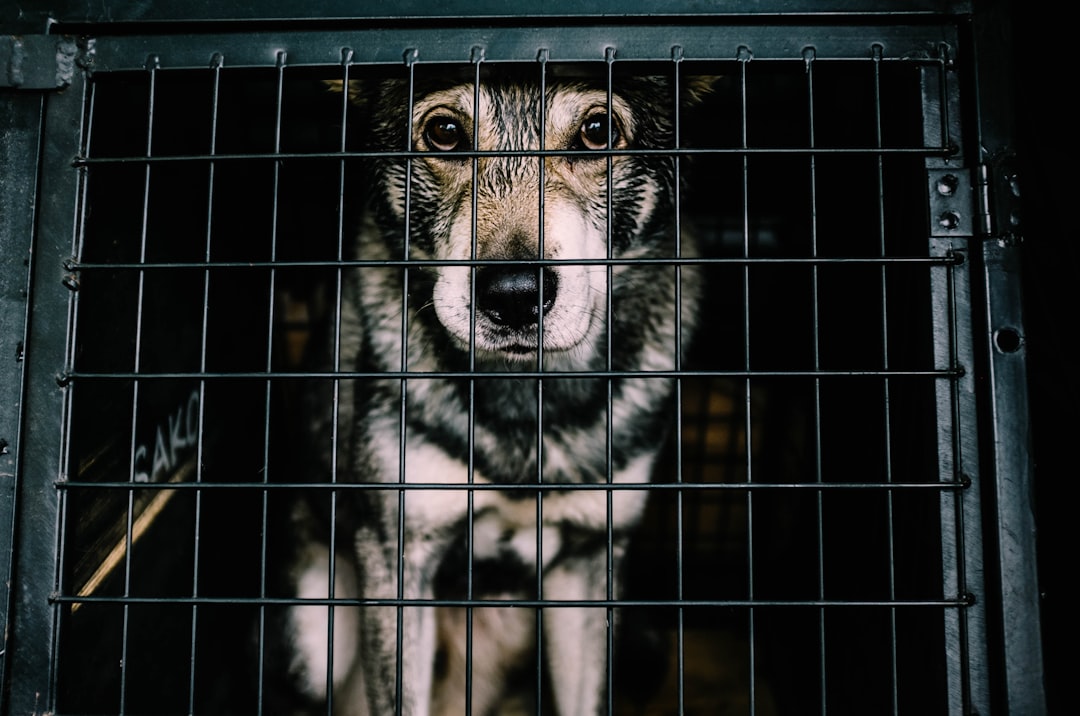Daily Diary, May 3, 2023 Day 974:
The general histories about the theft of dogs for medical research tend to indicate this was a twentieth century problem, primarily stemming from the growing demand by the medical community for animals for research and testing. This was seen as something that became an issue of particular concern in the decades after WWII. 1
As a result, there were lurid stories about kidnapped dogs and “dog torturers,” and growing concern by animal rights activists. In the 1950s there was a concerted effort by biomedical research institutions to combat these negative public perception of the use of animals for research. They did so by promoting a narrative about the heroic sacrifice of these animals for the betterment of mankind and by getting “pound seizure” laws passed that permitted medical research institutions to seize those unclaimed animals that ended up in city and county pounds arguing these animals would have been put to death anyway.2
The result of this growing concern about this practice resulted in the passage of the Animal Welfare Act of 1966, which “…sets minimum standards of care and housing for dogs, cats, primates, rabbits, hamsters and guinea pigs in the premises of animal dealers and laboratories…”3
The act itself was initiated by a New York Congressman Joseph Resnick after he heard about the the case a Dalmatian pet, Pepper, who was stolen and ended up dying in a research hospital from a failed operation testing a pacemaker. This case brought enormous attention to, and support for the law that was subsequently passed.4
However, while these articles pinpoint the twentieth century as the beginning of a struggle over the use of dogs for research, my own examination of the San Francisco newspapers make it clear that this was very much a 19th century concern as well.
The National Anti-vivisectionist Society was founded in London in 1875, followed by an American Anti-vivisectionist society in 1883. These organization were dedicated to stopping the use of animals for the purpose of experimenting on animals, and I found a number of articles in the early 1880s San Francisco newspapers debating the pros and cons of this movement.5
The second national organization of importance that was concerned with the welfare of animals was the American Society for the Prevention of Cruelty to Animals, founded in 1866. The San Francisco Society for the Prevention of Cruelty to Animals followed suit in 1868, with the stated mission being to “labor in the education of a public sentiment of humane and gentleness toward domestic and other animals.” The 1881 San Francisco City directory listed it as having 150 members, and the newspapers reported frequent meetings.6
The initial focus of this organization was their concerns over the mistreatment of horses and livestock, cockfighting, and the beating of dogs, they also became concerned by what they saw as the shoddy if not corrupt practices of the local Pound Keeper (a topic for a later post.) There were numerous complaints in the period that Pound Keepers were stealing pets from yards or picking up pets that had tags in order to sell them and pocket the money.
While, unlike the anti-vivisectionists, the San Francisco SPCA did not come out against all use of animals for research, they did support laws that regulated the use of animals in medical testing, and eventually backing laws that repealed pound seizure laws that supported this practice.7
I confess, having done this research, I have now started to wonder the San Francisco doctors, both fictional and real, I wrote about in my book, Lethal Remedies, and how they felt about the practice of using animals for experimentation. I even feel a little bad about how I had some of the characters to use rodents in order to solve a crime!

https://awionline.org/legislation/animal-welfare-act
https://en.wikipedia.org/wiki/Animal_testing
https://www.sfspca.org/sites/default/files/ouranimals_spring2008.pdf


